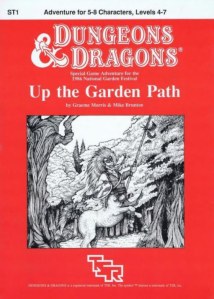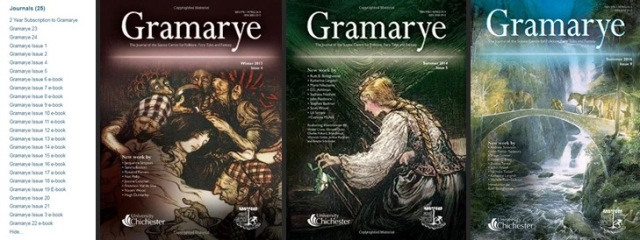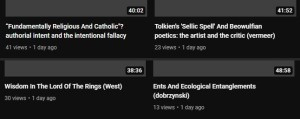If some sort of national Tolkien Centre were to be established, where would be a suitable location? It would have to be somewhere with a genuine connection, of course,
The city of Birmingham has long given ample evidence of a sniffy official attitude toward him, and the fabric of the city that Tolkien left in 1911 has essentially been destroyed. The Oratory probably lacks the space. And student politics would likely rule out The University of Birmingham, which has a relatively pleasant green campus. So, probably not Birmingham.
Unless perhaps… in the rural Lickey Hills that lie to the south of urban Birmingham? These are the home of the Oratory’s Retreat and the adjacent cottage where Tolkien experienced some of his happiest times as a child. Or perhaps at Barnt Green at the end of the Lickey hills? Or both, as a split site, one for the tourists and the other for scholars and with a funding-friendly walking trail between them.
Oxford is already over-stuffed with centres and — while the city could lend a certain academic kudos if a centre tilted that way — a new-build Centre would likely be expensive to develop in the historic city. Also expensive to visit. Still, not impossible, and there would no doubt be powerful backers and donors. Not least collectors donating their collections at the end of their lives.
Leeds? A cheap and no doubt welcoming northern city, though rather unappealing for tourists and train travellers. But not impossible if the centre were to be largely about a superb working library and research facilities.
Yet I’d say mid Staffordshire offers the best chance for a balanced centre both tourist-friendly and scholarly. Cannock Chase is already over-run with local leisure users. So perhaps adjacent to Shugborough (Great Haywood) and thus near to Cannock Chase but not on it? This district has many genuine Tolkien connections, plenty of relatively affordable land, lots of nature, relatively dark skies, and (for now) a friendly Conservative county council. Historically it has connections too, being in the heart of early Mercia and is co-incidentally also near to the Sir Gawain sites and substantial Staffordshire Hoard exhibitions. Now of course Shugborough is National Trust, which means leftist gesture-politics and tight bureaucracy. So, little chance of shoe-horning something into the existing Georgian mansion. Though room might be found somewhere within reach of the bridge there that Tolkien has made famous? One drawback to somewhere around Great Haywood could be the lack of local overnight accommodation, but no doubt welcoming B&Bs would spring up in adjacent Great Haywood and Little Haywood. Transport connections are perhaps the biggest stumbling block, with no train access. A rail line does go through the Shugborough estate, but we can’t expect a new station to be built.
From the military point of view, the National Memorial Arboretum near Lichfield in mid Staffordshire might be interested. Tolkien was a soldier who loved trees, and that would fit perfectly. He was from nearby Birmingham and trained locally, though he was of course not someone who died in combat. That could be a stumbling block. Yet the Memorial Arboretum has the space and the long-term vision for the site, even if it is some way from Great Haywood. As with somewhere near Shugborough, it would have to be very car-centric and there’s little local overnight accommodation. Which might rule out something that was more of a working research centre for scholars, with overnight stays. Though I can certainly see myself walking into a lavish permanent exhibition there (or nearby) titled “The Soldier Who Loved Trees”.
Hmmm… I guess Oxford is the most likely, on balance. It would have the money and the kudos to make it all work, when faced with all the bureaucracy and foot-dragging that such major projects entail. Indeed, in the rich and ongoing Tolkien 50th Anniversary Seminar Series of talks at Oxford, one wonders if we’re not seeing the opening salvos of a bid for such a new centre?



